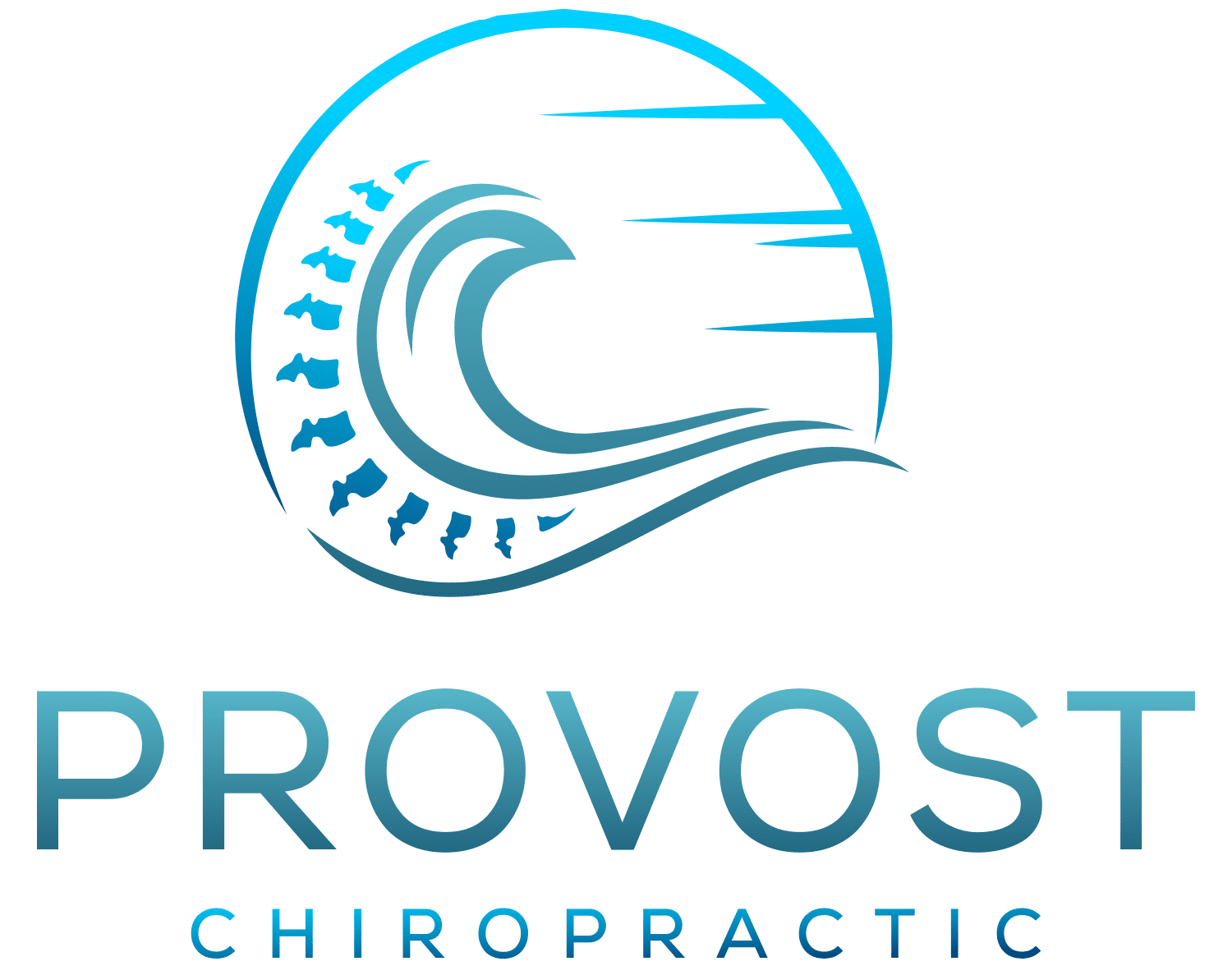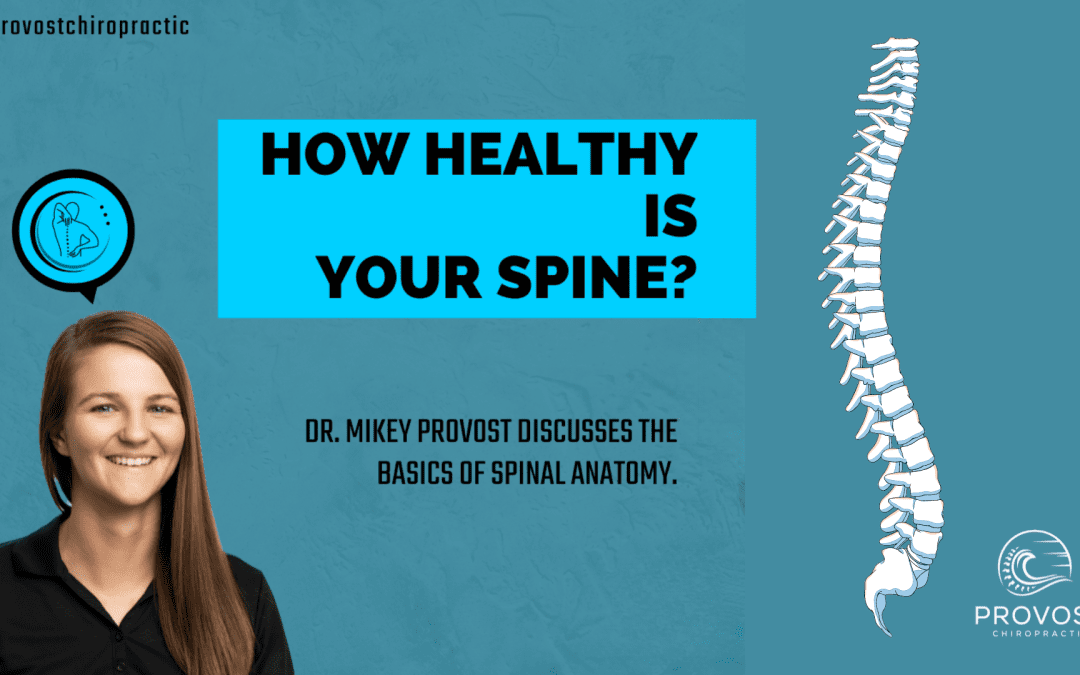How healthy is your spine? As a chiropractor, I have discovered that the problem with spinal health as a whole, is that there is no “common knowledge” of what proper spinal alignment is or what healthy spinal movements look like. Understanding the anatomy (structure of the body parts) and some of the physiology (how these parts work together) can help avoid a lot of pain and discomfort! Today, we will simply address the pieces that make up spinal anatomy.
When it comes to spinal health, I like to break it down to three key pieces. The most important piece is the spinal cord. Your spinal cord is essentially the electrical system of your body. It sends messages from your brain to your body to tell it how to move and function. Then it sends messages from your body back up to your brain so you can understand the environment around you. For example, your brain will tell your arm to move to touch a stove. Your hand will then send a message to your brain to say that it is hot. Then your brain will tell your arm to pull away. This message from your brain and arm travels down and up the spinal cord. All of this happens in less than a second.
I would argue the spinal cord is the most important part of the body, and because it is so important your body has bone surrounding it to protect it. The next key piece of spinal health are the bones that protect your spine, called “vertebrae” and normal anatomy will have 24 different vertebrae to protect the spine (in a textbook normal spine). There are seven vertebrae in the neck or cervical region, twelve vertebrae in the mid back or thoracic region, and five vertebrae in the low back of the lumbar region. If we only had one bone to protect the spinal cord, there would be no movement in our torso.
Luckily, we have spinal discs (the last key piece) in between each bone, which allows us to bend forward, backwards, twist, and bend from side to side. The disc stays healthy with this proper movement, and lack of movement in a specific segment is what leads to degeneration.
Simply put, the purpose of the disc is for healthy movement in the spine, the purpose of the vertebra is to protect the spinal cord and allow structure, and the purpose of the spinal cord is communication with the brain and body. The spinal anatomy also includes muscles and ligaments. Their relation to chiropractic care will be addressed in a future blog post.
Do you have any questions about spinal anatomy not covered here? Please leave a comment or send an email to drmikey@provostchiropractic.com and I can address it in the next blog post!


Thank you, Dr. Mikey, for sharing this valuable information. As someone who spends most of my day seated, I am actively working on maintaining good posture and ensuring that I am sitting ergonomically. Can you provide any advice on how to monitor my posture and reduce the risk of lower back pain associated with prolonged sitting?